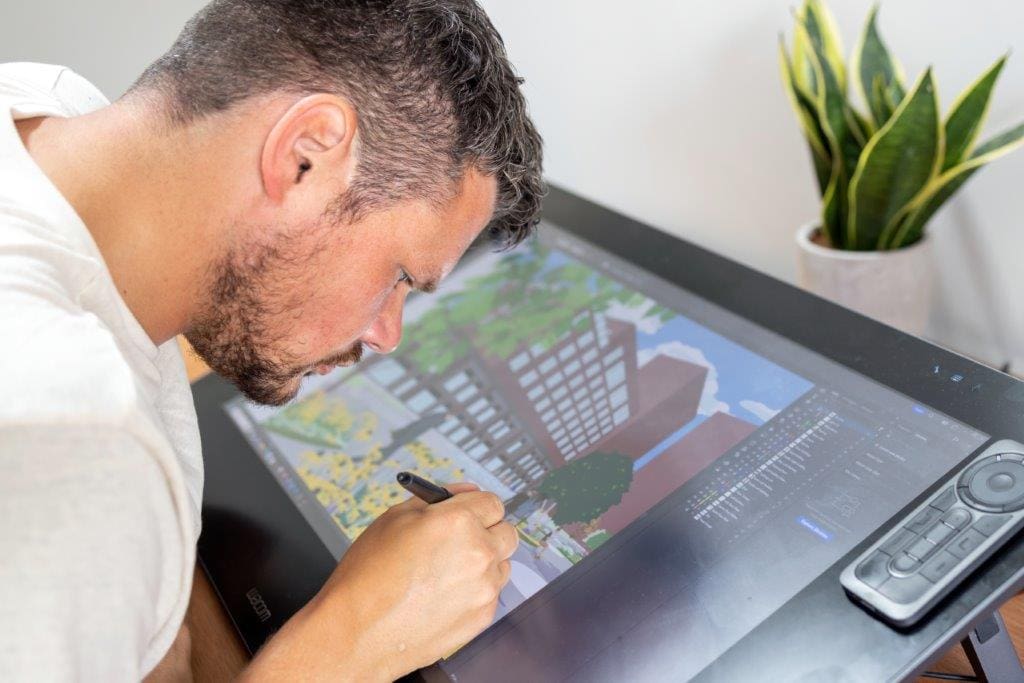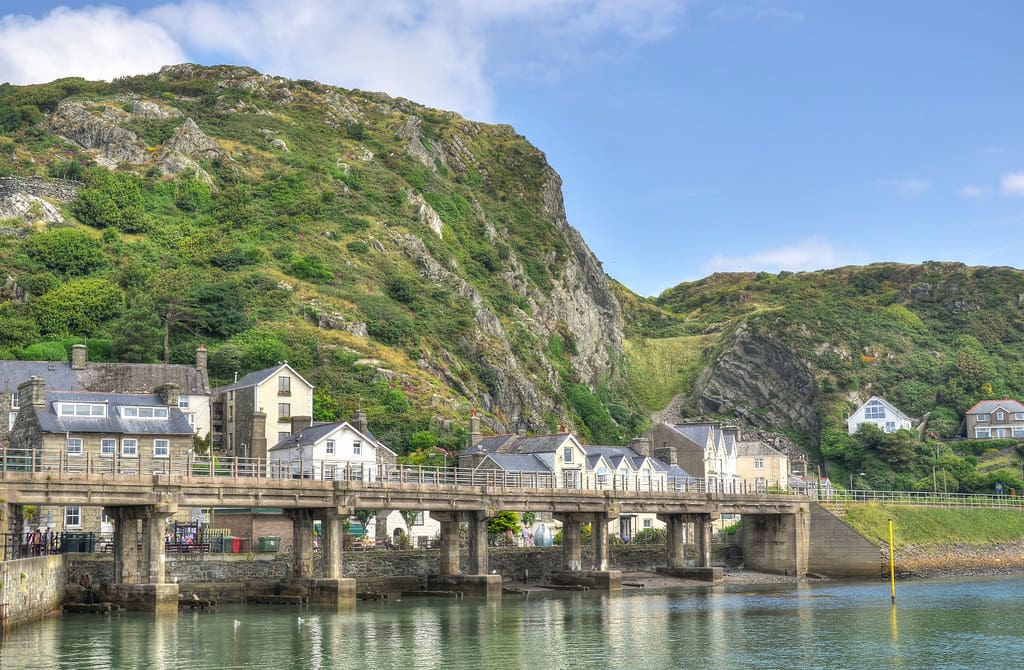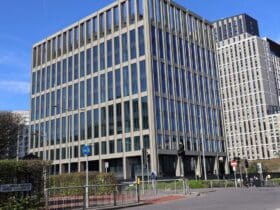Land Studio has been appointed to work with Gwynedd Council to design the public realm for the Viaduct Gardens in Barmouth, mid Wales.
The Chester based design studio’s in-house landscape architecture, ecology and civil engineering expertise is all being used on the project.
Barmouth was established around the shipbuilding industry of the 1700s. Ships were built in the shelter of the Mawddach estuary where they supported the booming wool industry in Merioneth.
Barmouth Bridge, also known as Barmouth Viaduct, opened in 1867 and contains a single standard gauge railway track and a pedestrian walkway.
Historic fans of the gardens, which form a gateway space as residents and visitors arrive at the seaside town, include philosopher John Ruskin and philanthropists Fanny Talbot and Auguste Guyard.


Land Studio’s work involves designs to alleviate flooding as well as to improve pedestrian safety and to enhance connectivity and common spaces for locals and visitors.
They will develop a robust planting scheme for the coastal setting, de-clutter the site and remove dense vegetation to enhance the spectacular views across the estuary and to the hills beyond. The project also includes designing space for new strategically located furniture for people to sit and relax and enjoy the views.
Landscape architect Matthew Northall is working on the project alongside Director of Ecology Val Gateley and Civil Engineer Director Lisa Sawyer.


Matthew said: “As a studio, we’re all about connecting people with nature so this is an exciting project to work on.
“The park will embrace the rugged and dynamic nature of the coast and take full advantage of the picturesque, framed views across the Mawddach estuary and the mountain ranges beyond.
“It will be an inclusive common space in a sheltered corner of the town for people to stop and appreciate their surroundings.”
Simon Richards, Managing Director of Land Studio, said: “Whenever we start a project we aim to build with nature to ensure that our schemes are of their place. In Barmouth, this means embracing and working with the nature of a coastal environment ensuring that our designs sit within the landscape and not apart from it.
“We’re also looking at drainage design and will use open and covered SuDS systems to collect surface water to retain it in planting beds where it will be filtered before draining through the sea wall, helping to alleviate historic flooding issues.
“Our planting concept will reflect that of the local flora, with hardy coastal pioneers, multi-stem birch trees and large specimen Scots pine trees. Hardy ferns will provide verdant ground cover and fill cracks between boulders.
“We’ll suggest planting of structural grasses, sea cliff flowers like red valerian and sea campion, and upland plant mixes including clover, ox-eye daisies and poppies.
“Having landscape architects, ecologists and engineering design experts working together under one roof allows us to deliver a really joined-up nature-led design approach.”









Leave a Reply
View Comments